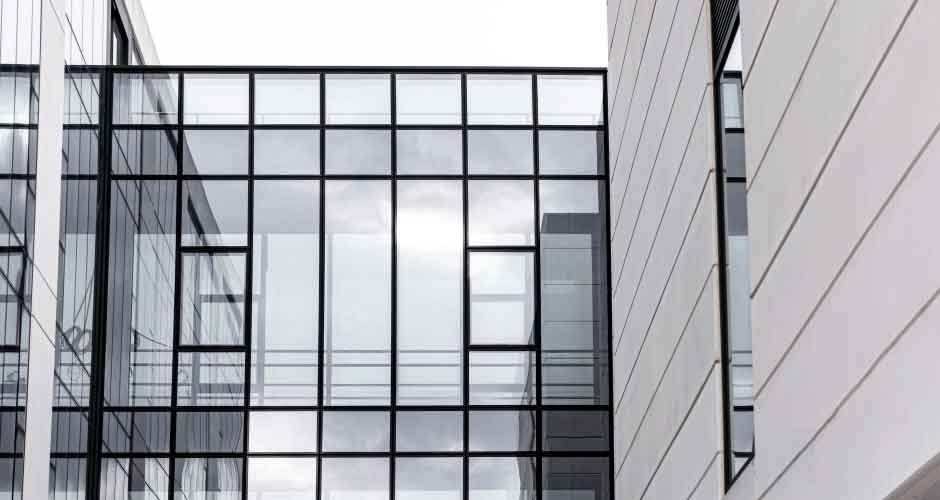Aluminium cladding sheets are the products of finely processed aluminium that yield thin composite panels. These panels, though thin, are sturdy and durable enough to be implemented in building projects. In addition, aluminium sheets are versatile and lightweight, ensuring they fit perfectly on any building surface.
Moreover, there are multiple aluminium cladding sheets from Vulcan Cladding Systems, each with its unique purpose and specifications. It’s essential to equip yourself with knowledge of these panels to ensure optimised use of the individual aluminium sheets.
Different Aluminium Cladding Sheets and Their Specifications
Below is a list of 5 commonly used aluminium sheets with their specifications and purpose.
1. Composite Aluminium Sheets
These sheets are appreciated for their lightweight yet sturdy nature. Composite aluminium sheets are crafted from thin layers of aluminium and posses a high level of robustness which makes them useful for building projects.
They’re the most common in this list and are used as external cladding panels for building facades. They also possess insulating properties.
2. Brushed Aluminium Sheets
This group of panels are known for sporting a uniform layer of light parallel scratches and scruffs. These patterns combine to create a satin finish on the surface of the aluminium sheets. These sheets are majorly sought after for the aesthetic qualities they bring with their satin look.
3. Anodised Aluminium Sheets
These are sheets that have undergone anodising, a process that increases the thickness of the oxide layer of the metal. These panels are well-known for their resistance to wear and tear, ensuring minimal vulnerability to corrosion.
At the same time, anodised sheets are useful for priming the surface for paints and adhesives. They’re well implemented in creating vehicle parts and architectural materials.
4. Perforated Aluminium Sheets
As the name suggests, these panels come with perforations in them. They’re also referred to as plate aluminium and are mostly used for their aesthetics. In essence, these sheets are useful for adding flair and beauty to building surfaces.
They’re widely incorporated in building projects for flooring, ceilings, sun shades, and other forms of decorative architecture.
5. Chequered Aluminium Sheets
These tread or chequered sheets are more compact and sturdier than most forms of aluminium sheets. They’re characterised by raised hatch marks on one side of the sheets with the other side left smooth.
Cladding systems based on chequered aluminium are known for their impact and high traffic resistance. As a result, they’re utilised in both interior and exterior areas and are employed in car packs and loading bays.
Understanding the Different Thickness of Aluminium Sheets and their Purposes
- 1mm thick aluminium sheet: used for light cladding, especially in the development of composite panels
- 3mm thick aluminium sheet: more suited to thicker panels like interior facades and perforated sheets
- 5mm thick aluminium sheet: this group lies in the thin line between an aluminium sheet and a plate. Hence, this is the thickest level an aluminium sheet can get. Anything beyond that is considered a plate
- 6mm thick aluminium sheet: employed in high-traffic areas and used as chequered sheets for floorings in areas like parking lots
- 10mm thick aluminium sheet: used for heavy-duty and military-grade projects like heavy machinery and high-load transport
Wrapping Up
Aluminium cladding panels are vast and are designed with unique specifications. It’s a testament to the versatility of the aluminium sheet material, making it a quality addition in all areas of construction and architecture.






